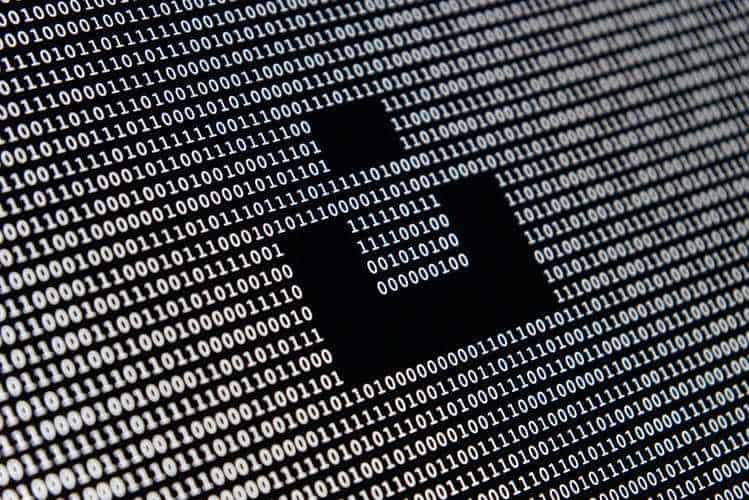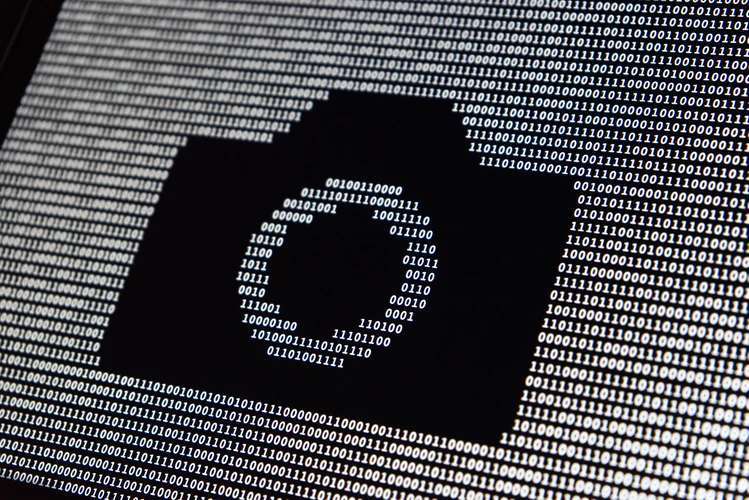You have likely seen a series of zeros and ones on computer screens, in a mathematics class, or on the barcodes of certain goods and products. These patterns of the digits 0 and 1 are called binary code and are based on the binary number system. Binary code is widely used in computer processes.
The codes follow two states, on and off, which are the references for the transmission of electrical pulses representing any executable function such as calculation, writing text, or logic operations. Before this discussion gets all nerdy and too technical, it is also worth knowing some interesting facts about binary systems. Read on as we share some binary facts that might interest you.

Binary Number System Drew Inspiration From An Ancient Chinese Text
Who would have thought that the ubiquitous binary code that we know today shares a historical link with China? The binary number system inventor, Gottfried Leibniz, came across a classic Chinese text called I Ching or ‘Book of Changes,’ which inspired him to formulate a number system consisting of rows of ones and zeros. I Ching, a text for divination based on the principle of yin and yang duality, is an ancient binary system developed in China as early as the 9th century BC. Such a fantastic string of events point out the significance of the binary system across different civilizations and periods.
Binary Code Is Stored In Computers As Bit
If you were to break down an article or paragraph in your computer to the simplest level, you’d see that each letter has an equivalent code or group of binary digit combinations. These binary numbers are stored in our computers as bits, coming from the words binary and digits. The bit is the smallest unit of storage in a computer. As mentioned earlier, a bit can have off or on states and are represented by the digits 0 or 1.
To make a long chain of letters or text, several bits are required to make this happen. For example, the word hi, you will need the codes 01101000 for h and 01101001 for i. When you combine these codes as 0110100001101001 and convert them from binary to text, you will get the word hi displayed on your computer screen. You may have noticed that the codes have eight digits, or 8 bits, which is alternatively called a byte.
Binary Code Principles Were Conceived Centuries Before The First Computer
More than three centuries ago, in 1689, a mathematician named Gottfried Leibniz invented the binary number system, which is the basis for the binary code that we now know. He wrote an article that is translated into English as the “Explanation of the Binary Arithmetic,” which explains the basics of the binary numeral system and some of its potential uses. Due to the slow technological progress during this period, this number system stayed in the sidelines for the next few centuries.
It was in 1847 when a parallel study and published work about Boolean algebra by another brilliant mathematician named George Boole triggered the interest and rediscovery of the binary code principles. By 1937, another numerical genius named Claude Shannon found an indirect link between Boolean algebra and binary code by finding a similarity between Boolean algebra and an electronic circuit. Decades later, the world came to achieve leaps and bounds in technological advances, especially in applications related to computers, communication media, electronics, and more.
Binary Principles Guide All Modern Electronic Devices
The electronic circuitry of every electronic device we have all follow the principles of binary states. The on and off states of binary systems allow for the regulation of electrical signals and the diversification of the functions and features of electronic devices. The transistor is a prime example of an electronic component that follows basic binary state operation. This component is responsible for generating, amplifying, and controlling electrical signals and is found in the integrated circuits or microchips of electronic devices. The Boolean algebra operations inspired the principle behind the operation of electric circuits: AND, OR, and NOT, which revolutionized the way electronic devices work.
Binary Code Works In Tandem With ASCII Code To Bridge Machine And Human Language
The thought of how machines and electronic devices like computers “understand” human language and inputs and process them to produce the desired output may have crossed our minds. The binary code is one of the most basic machine-readable codes by modern computers. In fact, computers have built-in conversion software that can translate binary to text and vice versa. However, the binary code is not directly convertible to text, nor would a text be readily converted to binary code without undergoing an intermediary conversion through ASCII codes.
The American Standard Code for Information Interchange (ASCII) is a useful code that can represent text and other information within computers, communication equipment, and other electronic devices. It assigns numbers, letters, and other characters into the 256 slots available in the 8-bit code. The ASCII decimal (Dec) numbers are derived from binary, which is designated as a computer or machine language. This is why it plays an essential role in coordinating computer and human language to enable a smooth and seamless computer operation for human users.
With ASCII, it is possible to convert binary to text and, conversely, text to binary, which is necessary for the basic operation of computers, communication devices, and digital equipment. The application of ASCII extends to external and online uses, in which it is a necessary code to binary to text translator applications, particularly binary to English. Programmers and software developers are also working on programs and software that automatically converts binary code to text and text to binary code for more accessible programming of machine language and operations.
Similarly, programmers and software developers can benefit from binary to ASCII converter programs by having a better grasp of ASCII codes that will be integrated into other programming languages. The ASCII code may be an obscure code for many computer users. Still, it plays a significant role as a bridge connecting machine language and human language and facilitating smooth computer system operation.

The binary system may look like a complicated and intimidating array of codes for some people, but it follows a relatively simple principle once you get to know the system. We hope that the interesting facts we shared here help cultivate interest and appreciation from people who use computers and other electronic devices. It would be interesting to witness a future where machine and human language become integrated, and remarkable technological achievements are achieved with such integration.

